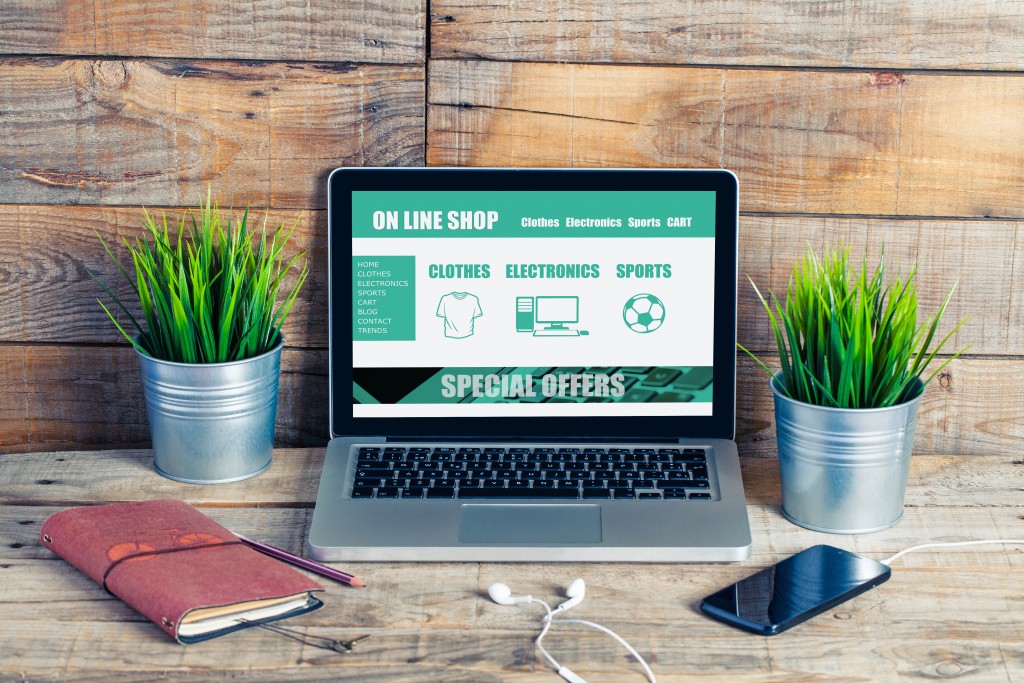The recent stay-at-home orders aren’t going to change any time soon, especially for urban areas with many cases, like Wyndham and Brimbank. And while vaccines are now being tested, they won’t get approved for public consumption anytime soon. This puts brick-and-mortar businesses like yours in a tough situation. You need the foot traffic, but you don’t want your store to contribute to the virus’ spread.
If you offer products, your best bet is to offer them online. However, it’s easier said than done, especially if you don’t have experience in creating websites or selling items on the internet. Here’s a quick guide to get you started.
Find the Right Ecommerce Platform
Creating an online store is no longer as complicated as before. Many great e-commerce platforms allow you to make a website and start selling items for a fair price and without writing a single line of code. Shopify and Squarespace are great platforms to start on. The formerprovides e-commerce for over 500,000 businesses. Both have basic plans that start at around 30 USD. More expensive plans often come with advanced features like professional reports and abandoned cart recovery.
Squarespace is often lauded for its vast theme library. It’s also friendlier when it comes to creating digital marketing content. Shopify, on the other hand, has the superior online store capabilities with automated tax collection, point of sale features that sync with your brick-and-mortar POS, and a wide array of payment gateway choices. Think carefully about the benefits you’d rather have for your business and choose your platform accordingly.
Set Up Your Site
Domain Name
Once you’ve subscribed to a platform and created a primary site, it’s time to take care of your online brand, starting with the domain name. This will be what customers will input on their browser to visit your site. This can be your business name or a unique selling point. Are you the #1 supplier of fabric in your city? Own it!
Home Page
Next, create your home page. This should contain your brand name, a summary of your business, and a showcase of your best-selling products. This way, customers get to know who you are, and if they like you, take your best items straight to checkout. You could also get professional SEO and digital marketing services to optimize your site so that it’s easier for customers to search.
FAQ
Customers will have a lot of questions about your products. Apart from creating detailed item descriptions, you should also set up a “frequently asked questions” or FAQ page. Think of questions they might ask and answer them. Common concerns include shipping policies, your brand’s offerings, discounts, and more.
Contact Us
If customers have further concerns about their orders, they’ll need to reach out to you for assistance. Your contact us page should have the best and quickest ways to reach you. It should also contain your business address for possible returns
Publish Your Catalog
Each e-commerce platform will come with easy ways to upload your product catalog. For Shopify and Squarespace, it’s as easy as going to the products page, clicking on” add product,” filling in the details and pictures, and uploading it. You can also upload them via a formatted .CSV file that you can create through Google Sheets or Microsoft Excel.
Set up Shipping and Payment
You can use Shopify’s payment gateway, as it’s supported in Australia. You could also add a plugin to allow 3rd party gateways, but you’ll encounter transaction fees. As for Squarespace, you have no choice but to go 3rd party. It recommends using Stripe or PayPal. For shipping, each platform will have a page where you can choose which courier you’ll use and what rates you want to set.
Conclusion: Start Selling

Now that you’ve set up a fully-functional site, uploaded your catalog, and figured out your payment and shipping options, it’s time to publish your store and start selling. Let your customers know you’re finally online with signs and brochures outside your location. If you have a social media page, promote your e-commerce site every day by featuring new products and deals. Your unique and existing customers will love the convenient and safe way to buy your exceptional items.

